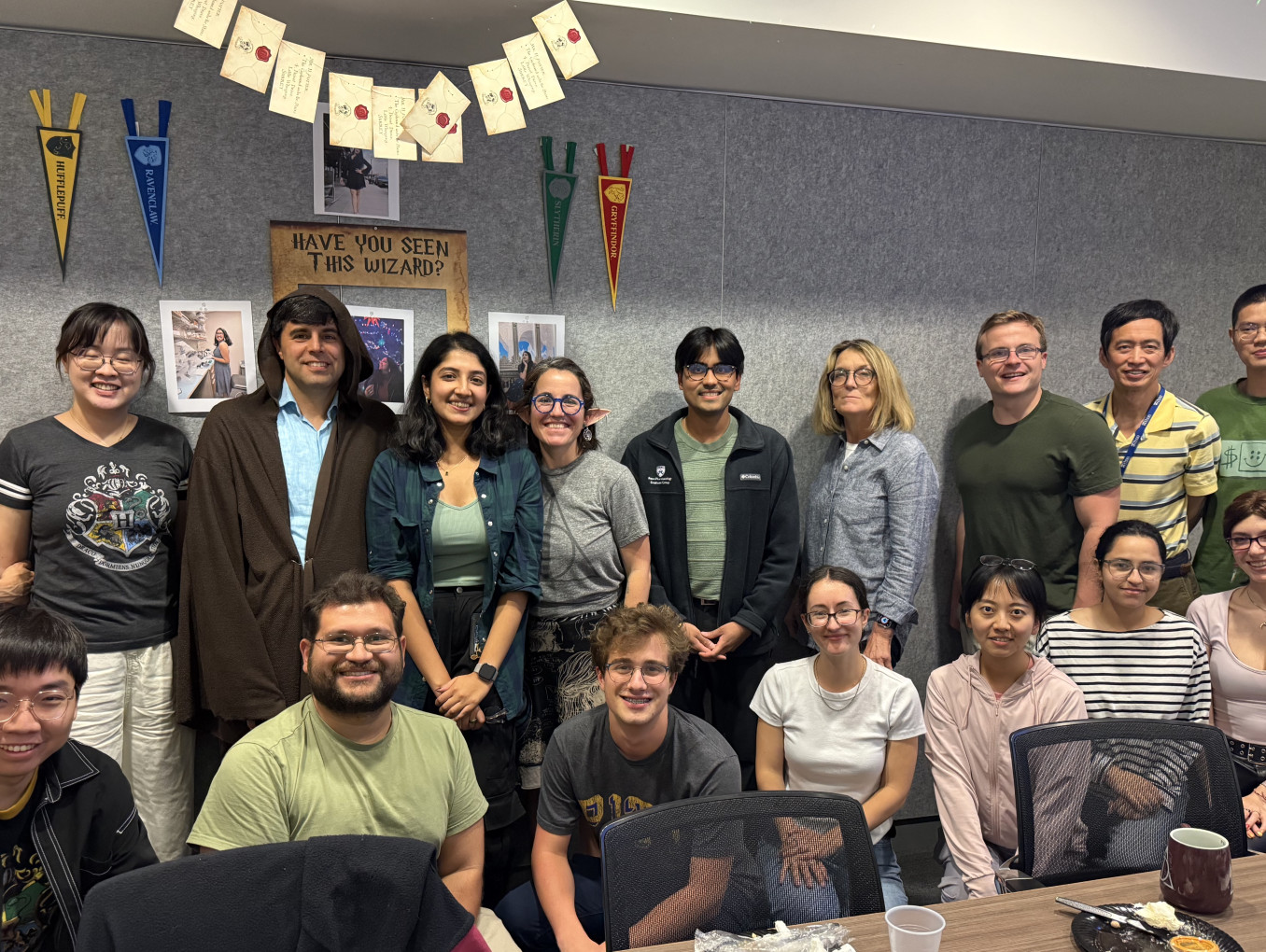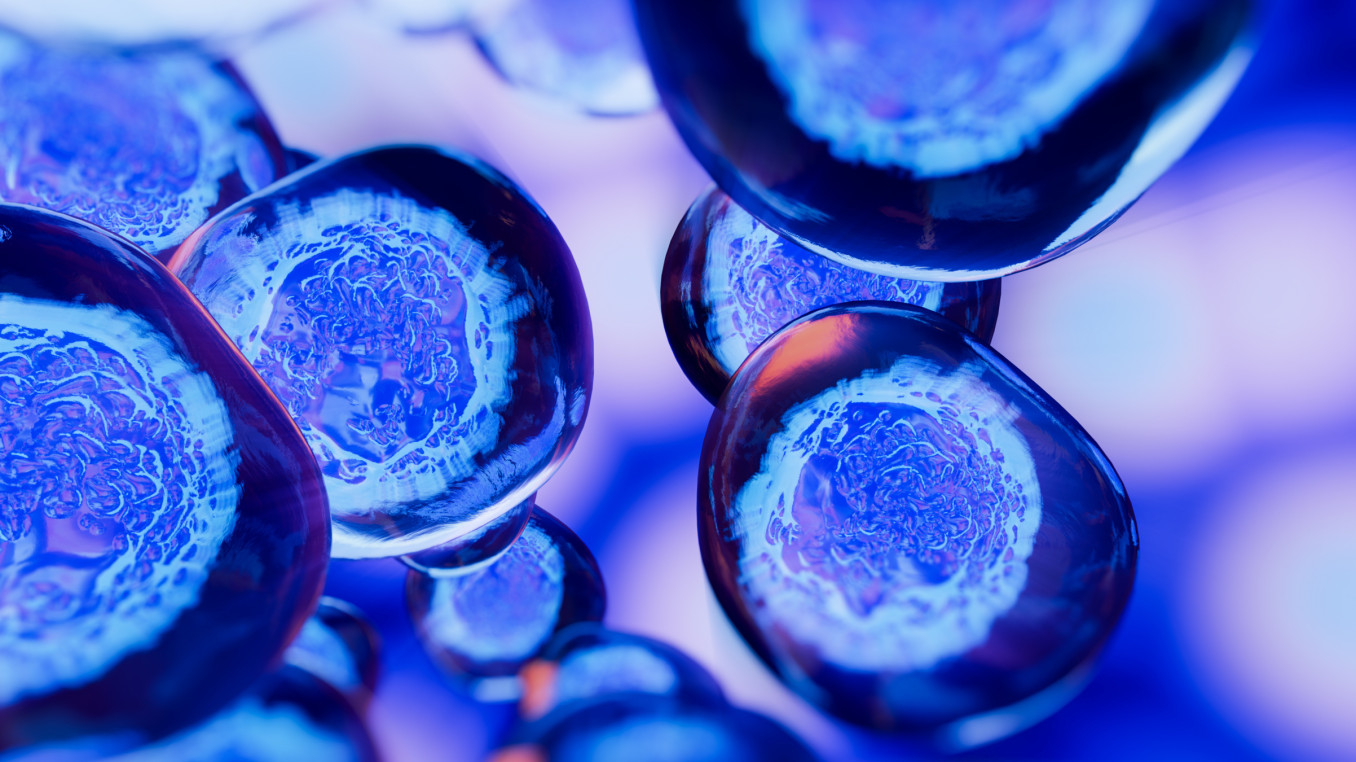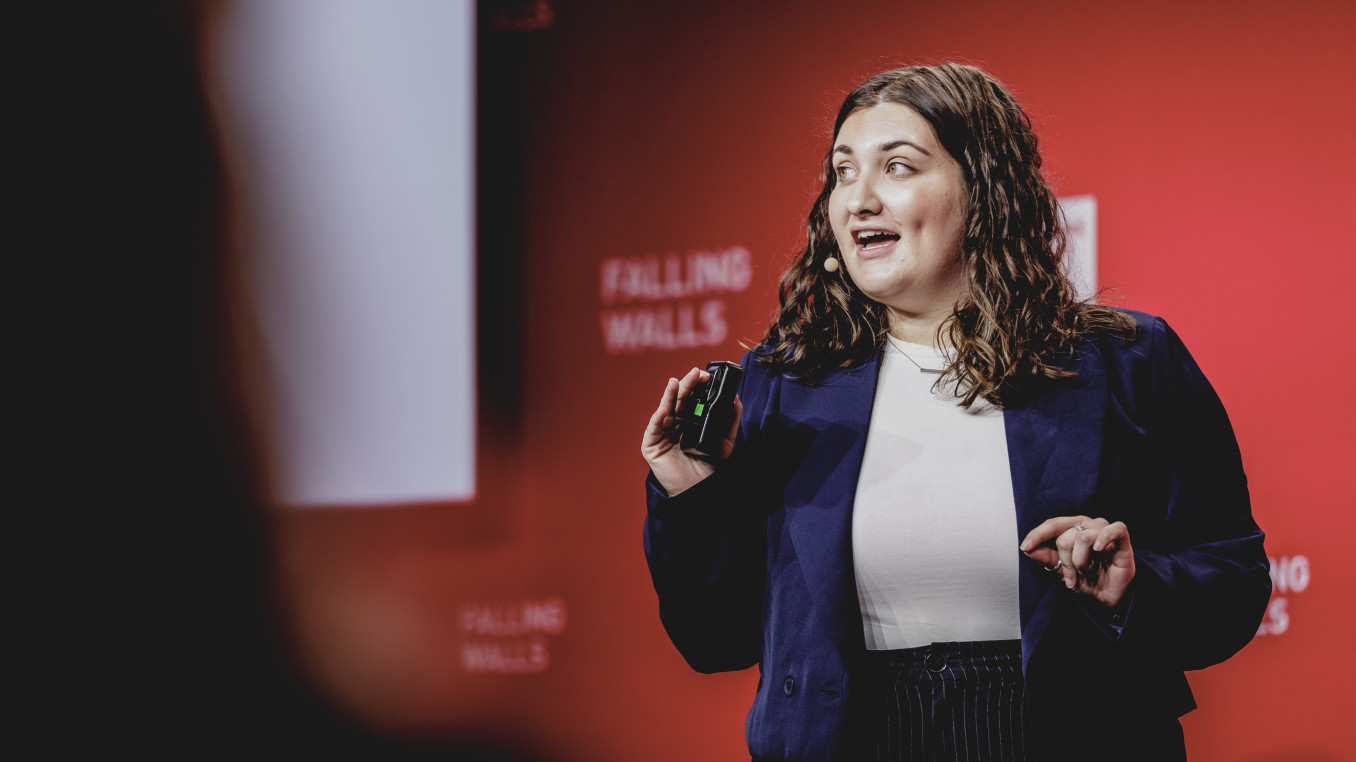Breaking the Wall of Therapeutic DNA Delivery
Breaking the Wall of Therapeutic DNA Delivery
Global Call 2025 Finalist Interview: Life Sciences
Jake Brenner is an Assistant Professor and physician in the University of Pennsylvania’s Dept of Medicine, where he takes care of ICU patients and runs a genetic medicine lab. His lab developed the first safe and effective DNA-loaded lipid nanoparticles (DNA-LNPs), which they are applying to rare diseases not served by viral vectors, and to common chronic diseases. The lab received the Controlled Release Society’s Gene Therapy Scientific Achievement award in 2025.
Which wall does your research or project break?
Since the 1970s, the dream of “gene therapy” has been to deliver DNA to patients’ cells to express defective or insufficient proteins. This could fix rare, single-gene diseases like haemophilia and cystic fibrosis. This promise has been partially met by delivering DNA inside viruses, but this has severe limitations. AAV, the most common viral vector, can only carry small genes, can only be given once in a lifetime due to immune reactions and has recently produced many deaths.
To break the walls put up by our dependence on viral vectors, we developed DNA-loaded lipid nanoparticles (DNA-LNPs). Lipid nanoparticles (LNPs), which are tiny spheres of fat molecules, already successfully delivered mRNA, which can express proteins for just hours, as in the COVID-19 vaccines. However, for 20 years, it has been impossible to deliver DNA in LNPs, because of an unknown toxicity. We solved this decades-long mystery, showing the toxicity was because DNA cargo activates the cytosolic sensor STING. Therefore, we co-loaded DNA-LNPs with the lipid NOA, humans’ endogenous STING inhibitor. This eliminated the toxicity. Next, we modified the synthesis to increase DNA-LNPs’ expression >1,000x, equalling mRNA-LNPs’ peak. Further, we modified DNA-LNPs so they only express proteins in a chosen cell type. Now our DNA-LNPs can express any size protein, in just a chosen cell type, driving expression for >6 months/dose, and much more safely than viral vectors.
We are now applying DNA-LNPs to rare diseases poorly served by viral vectors, like haemophilia A, where the gene is too big to fit into AAV. Additionally, DNA-LNPs fill the gap for rare diseases that are not well served by CRISPR-based “gene editing”. Most single-gene diseases, like cystic fibrosis, are caused by ~10-100 different mutations, and thus a different CRISPR construct is needed for each mutation. Unfortunately, each CRISPR needs to undergo a separate clinical trial because each construct comes with different risks to damaging patients’ DNA. By contrast, by replacing the entire gene, DNA-LNPs can be used for all mutations of a given disease.
But the biggest wall DNA-LNPs have broken is a conceptual one: our blindness that gene therapy can be used for common, chronic diseases, like emphysema, atherosclerosis and even arthritis of old age. By improving gene therapy’s safety so much, DNA-LNPs make it clear that expressing proteins long term in just select cells can durably fix most diseases.
What is the main goal of your research or project?
Imagine a world in which most common chronic diseases are powerfully treated with a medicine with minimal side effects, and this medicine is given once a year. Common chronic diseases include diabetes, obesity, coronary artery disease, fibrosis and many more, and make up the vast majority of morbidity and mortality in the developed world. For each of these, the molecular mechanisms are now well understood as imbalances of the expression of specific genes. Therefore, if we could control the expression of individual genes in just specific cell types, we could fix each of those diseases.
That is our goal with DNA-loaded lipid nanoparticles (DNA-LNPs). We designed them as a safer alternative to viral vectors to deliver DNA because viruses cause such severe immune responses that they can only be used for severe, rare diseases. By making a safer method of delivering DNA, DNA-LNPs allow us to see a future in which gene therapy can be used for common chronic diseases.
The first step in our research is perfecting DNA-LNPs’ technology. After we created DNA-LNPs in 2025 papers in Nature Biotechnology & Nature Nanotechnology, we have been improving DNA-LNPs’ expression, safety and ability to target specific cells. LNPs, which are most famous for delivering mRNA in the COVID-19 vaccines, are good at getting DNA into the cytosol of cells. However, the DNA is attacked by cells’ DNases and has a tough time getting into the nucleus. Therefore, we have developed techniques to break each of these walls. For example, we redesigned LNP synthesis so that it compacts the DNA into a tight ball which protects it from DNAses and enables easier nuclear import. This improved expression >3,000-fold. We are now designing other tricks to get through the walls that cells put against delivering DNA delivery.
The second step of our research is applying DNA-LNPs to each chronic disease, and with each disease, we find new walls to design around. For example, pulmonary arterial hypertension is narrowing of the lungs’ arteries with diverse causes and high mortality. We put antibody fragments onto DNA-LNPs that caused the DNA-LNPs to go to just the lungs’ blood vessels. We are now designing “promoter” region in the DNA to only express in the lung's arteries, not other blood vessels, so we only express therapeutic proteins in exactly the right spot.
Because DNA-LNPs are made of modular components, we can design around each wall that we encounter.
What advice would you give to young scientists or students interested in pursuing a career in research, or to your younger self starting in science?
The most important thing to get out of your twenties is to learn what you like and what drives you.
First, you must learn if you prefer science or engineering. These terms are often blurred in academia and popular culture, but I find that defining them is very helpful in guiding your path in research. Science is discovering new knowledge, while engineering is building useful things based on existing knowledge. In academia, bioengineering departments have a large number of science labs, and medical schools have many labs doing engineering but calling it science. So why is it important to consider science vs engineering as defined above? Because you need to figure out what you like, and I find most researchers prefer one over the other, science vs engineering, and if you end up in the wrong bucket, you will not be happy. Most of my colleagues think of me as a scientist, but I am driven mostly by engineering. I like to build things, and that is engineering. Of course, I still do science, such as discovering a new signalling pathway causing problems for gene therapy, but I do so because I want to design around that. So, the goal is really to find where on the science-to-engineering spectrum you want to live and figuring out how far you like to explore outside that position.
Second, and most importantly, define your happiness and success broadly, which I call the entropy theory of happiness. If you say, “I will only be happy if I get to innovate in sub-sub-field X and prove this one pet theory of mine and become a professor at university Y and spin out a big company”, then you are unlikely to be happy. There are very few paths to that particular point, and many factors outside your control. Instead, if you define your happiness and success broadly, there are many paths leading there: “I want to do research that improves peoples’ lives, and I’m happy to do it in industry or academia, because there are great things about both places.” Entropy scales with the number of microstates and always increases into the future. So, define your goals to encompass many microstates, and you will be satisfied when you reach that future, high-entropy state. Because our dopaminergic reward system evolved to lead to unhappiness when we don’t get what we expected, you simply must define your expectations broadly. This leads to success and happiness.
What inspired you to be in the profession you are today?
A desire to help cure the terrible diseases I take care of in the hospital.
What impact does your research or project have on society?
DNA-LNPs could create better therapies for many diseases.
What’s the most exciting moment you've experienced over the course of your research or project?
For 20 years, it was known that if you put DNA into LNPs, 100% of the mice receiving them would die immediately. The first time we put a STING inhibitor into DNA-LNPs, 0% of mice died, and we knew we had just seen a bit of the future.


